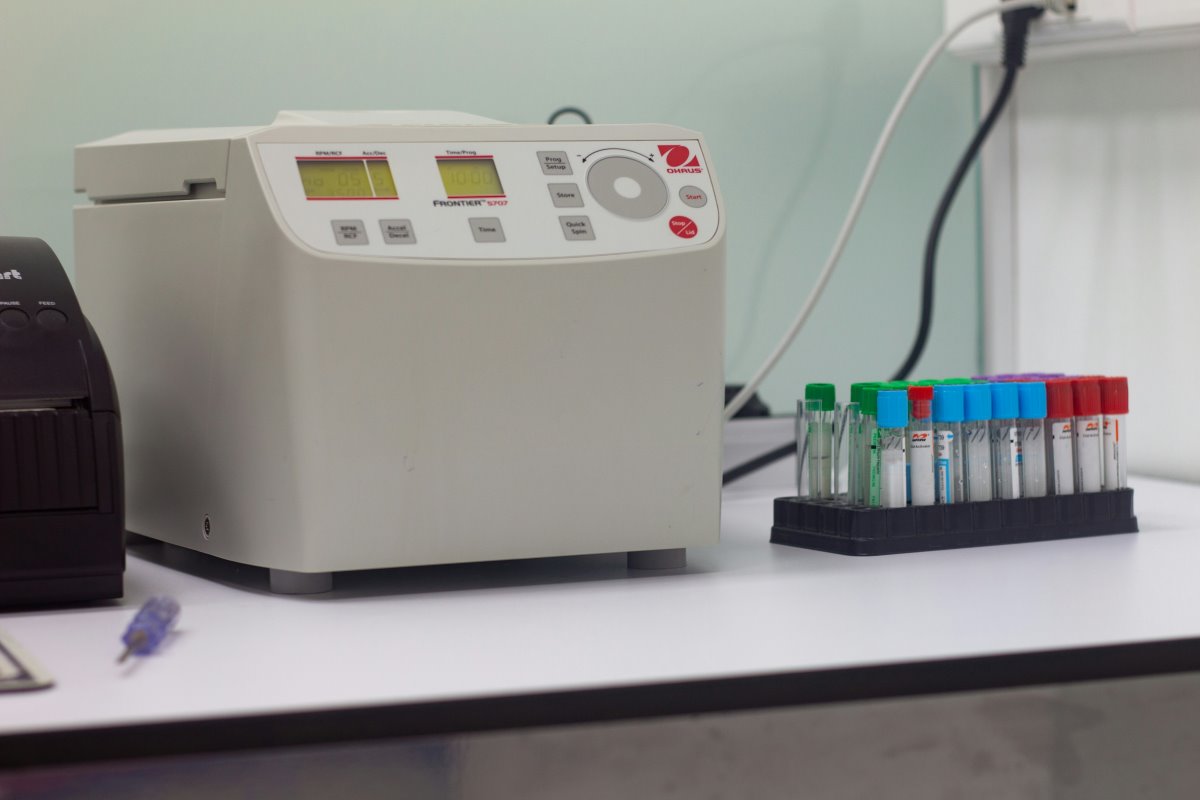Industrial control systems demand interfaces that combine precision, durability, and adaptability. Among these, matrix resistive touch panels have become essential in achieving reliable human-machine interaction. As industrial devices evolve, customization of these touch panels ensures optimal performance, compatibility, and operational efficiency.
Xingway, as a leading provider of custom membrane keyboards, offers matrix resistive touch solutions tailored to diverse industrial applications. These solutions enhance control accuracy, improve safety, and enable seamless integration into complex systems.
This article explores the significance of matrix resistive touch panels in industrial control equipment, examines their technical principles, customization strategies, and future trends, and highlights the advantages of adopting tailored solutions.
I. Evolution of Industrial Control Interfaces
1. From Mechanical Switches to Resistive Touch Panels
Historically, industrial controls relied on mechanical switches and push-buttons. While robust, these interfaces faced limitations in functionality, adaptability, and space utilization. As devices became compact and complex, matrix resistive touch panels emerged as a solution offering multi-point input, precision control, and seamless integration into limited spaces.
2. Rising Demand for Customization
Industrial applications vary widely, including manufacturing automation, robotics, process control, and energy management. Each sector has unique operational requirements, environmental conditions, and interface layouts. Customization ensures that matrix resistive panels meet specific voltage ranges, tactile feedback preferences, and integration protocols.
3. Integration with Modern Control Systems
Matrix resistive touch panels now interface with PLCs, microcontrollers, and embedded systems. Their ability to accurately detect multi-axis inputs and communicate with diverse electronic protocols enhances automation, efficiency, and device reliability.
II. Technical Principles of Matrix Resistive Touch Panels
1. Structure and Operation
Matrix resistive touch panels consist of multiple layers, typically including a flexible top layer, conductive traces, a spacer, and a substrate. When a user applies pressure, the top layer contacts the conductive bottom layer, completing an electrical circuit. The location of contact is then interpreted by the control electronics.
2. Advantages of Resistive Technology
Unlike capacitive panels, resistive panels detect input from fingers, gloves, or styluses, making them suitable for industrial environments where protective wear is common. They offer precise point detection, reliable operation under varying conditions, and resistance to dust, oil, and moisture.
3. Matrix Configuration
The matrix layout arranges conductive lines in rows and columns, enabling multi-point sensing while minimizing electronic complexity. This configuration allows scalable customization of input areas, key sizes, and signal resolution according to application needs.
III. Customization Strategies for Industrial Applications
1. Tailored Size and Layout
Industrial control panels often require specific dimensions to fit existing enclosures. Xingway provides customized matrix resistive panels with varying aspect ratios, key placements, and row-column arrangements to match control ergonomics.
2. Voltage and Signal Optimization
Different control systems operate under varying voltage and communication protocols. Customization ensures that matrix resistive touch panels are compatible with system voltages, signal amplification, and filtering requirements, providing accurate and consistent input detection.
3. Environmental Adaptation
Industrial environments can involve extreme temperatures, vibration, moisture, and dust. Customized panels use reinforced substrates, protective coatings, and enhanced sealing to maintain performance in harsh conditions, extending operational lifespan and reducing maintenance costs.
4. Tactile Feedback and User Experience
Operator efficiency relies on tactile perception. By customizing membrane thickness, pressure sensitivity, and key response, matrix resistive panels provide intuitive and reliable tactile feedback, improving control accuracy and user comfort.
IV. Advantages of Custom Matrix Resistive Panels
1. Enhanced Operational Precision
Customized panels provide accurate input detection, reducing errors in automated processes and improving production quality.
2. Seamless System Integration
Tailored panels ensure compatibility with existing PLCs, HMIs, and embedded systems, simplifying assembly and reducing electronic interference.
3. Durability in Harsh Conditions
Reinforced layers, protective coatings, and environmental sealing enable panels to withstand industrial stressors without performance degradation.
4. Cost-Effective Maintenance
Modular design and replaceable layers facilitate maintenance. Custom panels reduce downtime, minimize replacement costs, and extend device lifespan.
5. Scalability for Complex Operations
Matrix layouts can scale to accommodate multiple keys or touch zones, allowing future upgrades or system expansions without redesigning the entire interface.
V. Industry Applications
1. Manufacturing Automation
Matrix resistive touch panels control CNC machines, assembly lines, and robotics, enabling precise input and automated feedback loops.
2. Process Control Systems
In chemical plants, energy distribution, and water treatment, customized panels manage critical parameters, ensuring real-time monitoring and safe operations.
3. Transportation and Logistics
Industrial terminals, automated conveyor controls, and vehicle dashboards utilize resistive touch panels for reliable operation under vibration and temperature variations.
4. Medical and Laboratory Equipment
Even in sterile and glove-required environments, resistive panels maintain precision and ease of use, supporting diagnostics, monitoring, and control devices.
Conclusion
Matrix resistive touch panels play a pivotal role in modern industrial control equipment. Customization ensures precision, reliability, and environmental adaptability. By providing tailored matrix resistive panels, Xingway empowers industries to optimize human-machine interfaces, enhance operational efficiency, and extend equipment lifespan.
As industrial processes continue to evolve, custom solutions will remain essential for integrating robust, precise, and user-friendly interfaces into diverse control systems.
